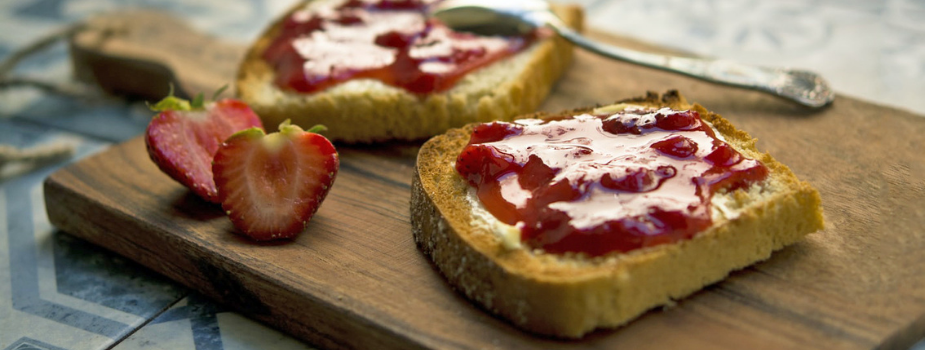
Jam is often mistakenly associated with healthy sandwich spreads which are mainly composed of fruit. That’s not so surprising really, when the labels are inundating you with images of fresh fruit. Unfortunately, regular jam usually contains as little as 35% in fruit. While extra jam varieties contain 45 to 50%, which is also a boiled down fruit extract. What is left is mainly fruit sugar and some extra, added sugars to make it sweeter, thicker and last longer. Is there no such thing as a healthy jam? Yes, there certainly is - Solofrutta!
What's the difference between jam, confiture, jelly, marmalade or fruit spread?
Jam is traditionally made by boiling fruit with (a lot of) sugar and it originated from the need to make the fruit harvest last longer. In addition to sugar and fruit a binder often added, usually pectin. The term jam is mainly used in the Netherlands. In Belgium people talk about confiture. Jelly is a thickened fruit juice, and marmalade is jam in which citrus fruit peel is boiled along with it, giving it a bittersweet taste. Fruit spread is actually pure fruit, containing only natural fruit sugars.
Jam or confiture: first sugar, then fruit
In the past, a product had to contain 60% sugar in order to be called jam. Besides having a sweet taste, this high amount of sugar has a preservative effect and ensures that jam can be kept longer without any artificial additives. Jams must also contain a certain amount of fruit as stipulated by law. This is at least 45% for extra jam. Since mid-2017, the sugar content for jam is 55%, because this is in line with the legislation in other European countries such as Germany and France.
Fruit spread: first fruit, then (fruit) sugar
Fruit spread does not contain any added sugars, only the sugars naturally present in the fruit. Therefore, fruit spread is as much pure fruit as possible, which is why it is officially not allowed to be called ''jam''. However, apple juice or agave syrup can be added as a sweetener. The percentage of fruit in fruit spreads can vary between 60g and 145g per 100g!
Is jam vegan?
It is often thought that the structure of jam is due to gelatine, a protein product derived from collagen, but this is not true. Pectin is responsible for this. This substance can be found in a variety of plants and fruits and makes the plant cells bind together, which has a similar effect as gelatine. So, as a vegan, you can still happily spread it on your bread without a care.
10 ways to use jam
Aside from on your sandwich, you can do a lot more with jam: 1. In yoghurt. 2. Toasted sandwiches with cheese and jam. 3. Make pastries - Spread a thick slice of cake with jam. 4. On or with cheese - Forest fruit jam goes well with e.g. camembert. 5. Make fruity ice cream - Stir some jam through softened vanilla or creamy ice cream. 6. Ice cream popsicles - Put the yoghurt with jam in popsicle molds and pop them in the freezer. 7. On a dessert - Did you make panna cotta? Dribble some delicious jam over it. 8. In a dressing - Mix a spoonful of raspberry or orange jam through your salad dressing. 9. In a cocktail - e.g. peach and whiskey or raspberry jam & vodka. 10. On pancakes - preferably with warm jam.

Solofrutta: Italian fruit spreads without added sugars
The Solofrutta fruit spreads stand out because of what they do NOT contain! This Italian company does not add any sugars, preservatives or flavourings. Just plenty of fresh fruit directly from the fields, fruit sugars from grape juice and lemon juice. Moreover, their fruit spreads are prepared at low temperatures in order to preserve as many nutrients as possible. Their product range comprises jams (as in fruit spread) made from forest fruits, peaches, apricots, strawberries, raspberries and cherries. A Mediterranean sweet treat to enjoy every day!










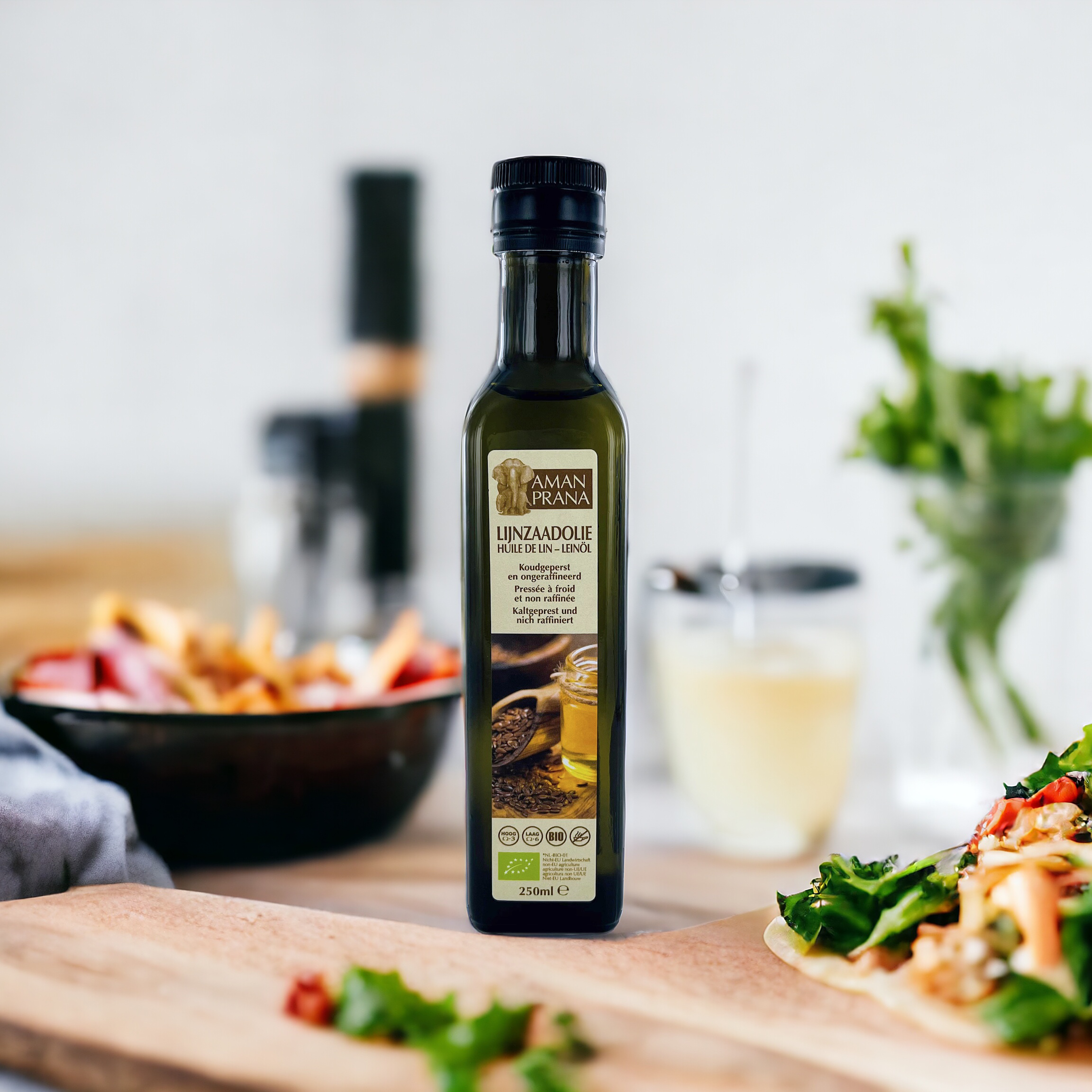

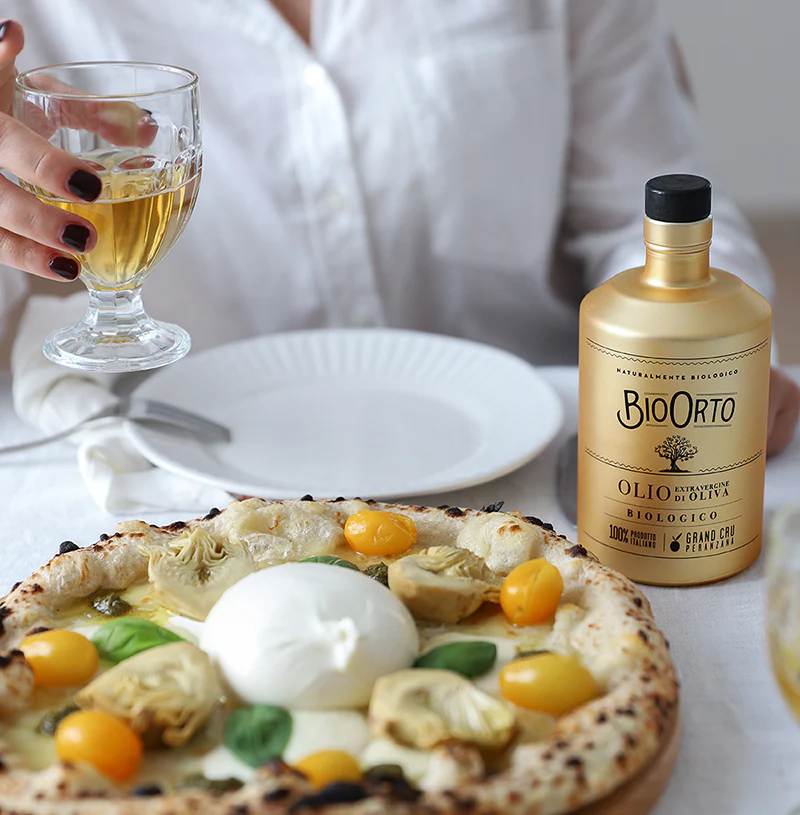
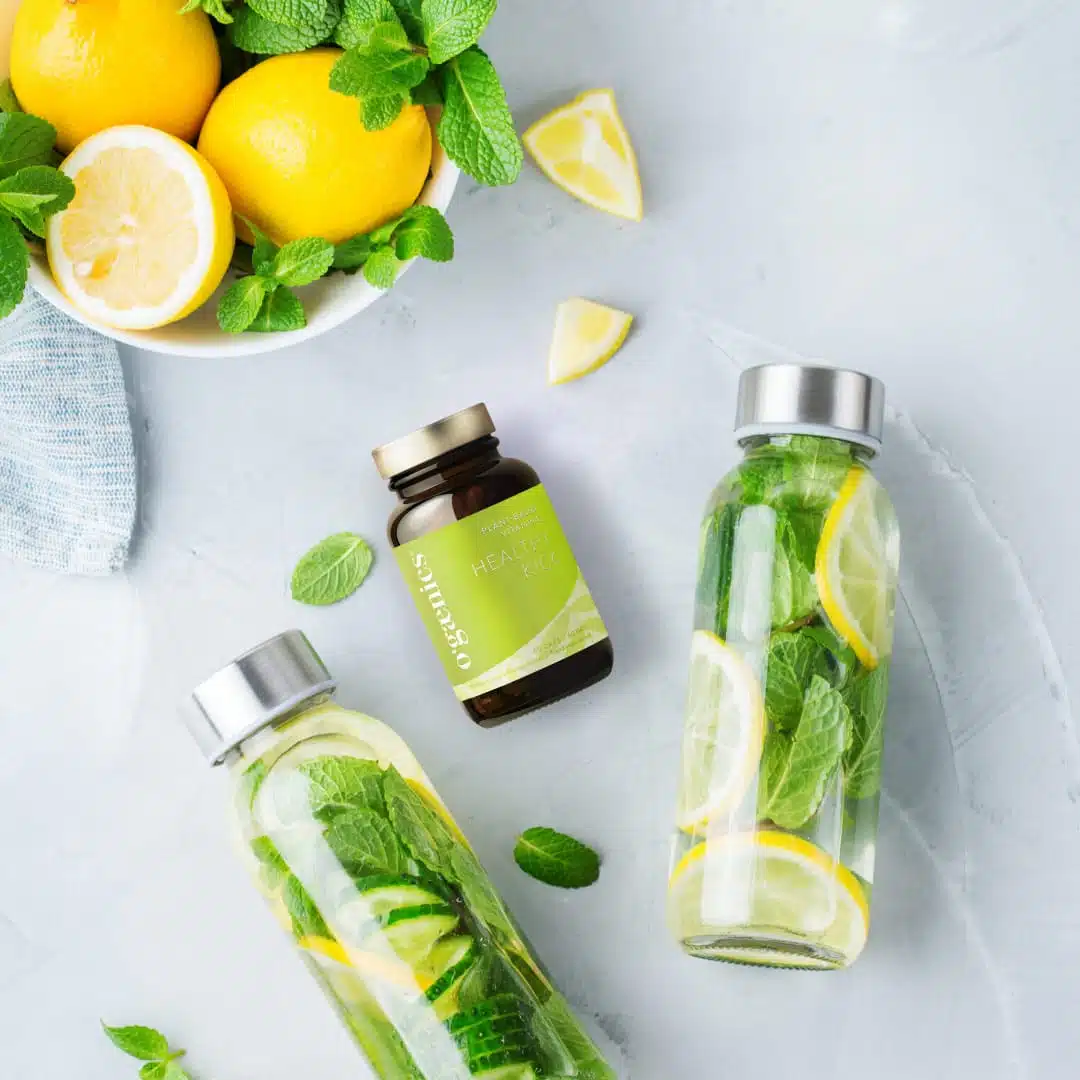
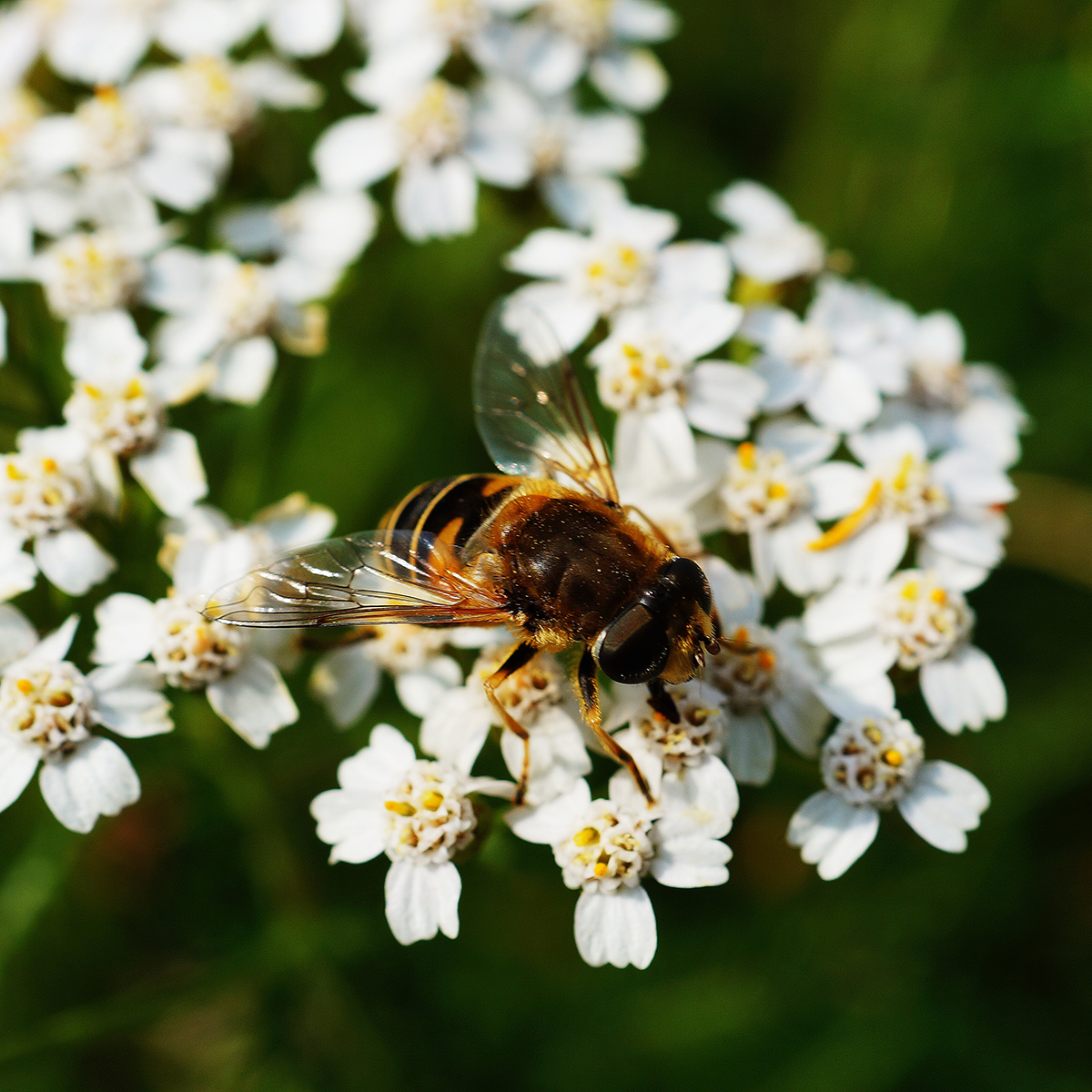
The information below is required for social login
Sign In
Create New Account